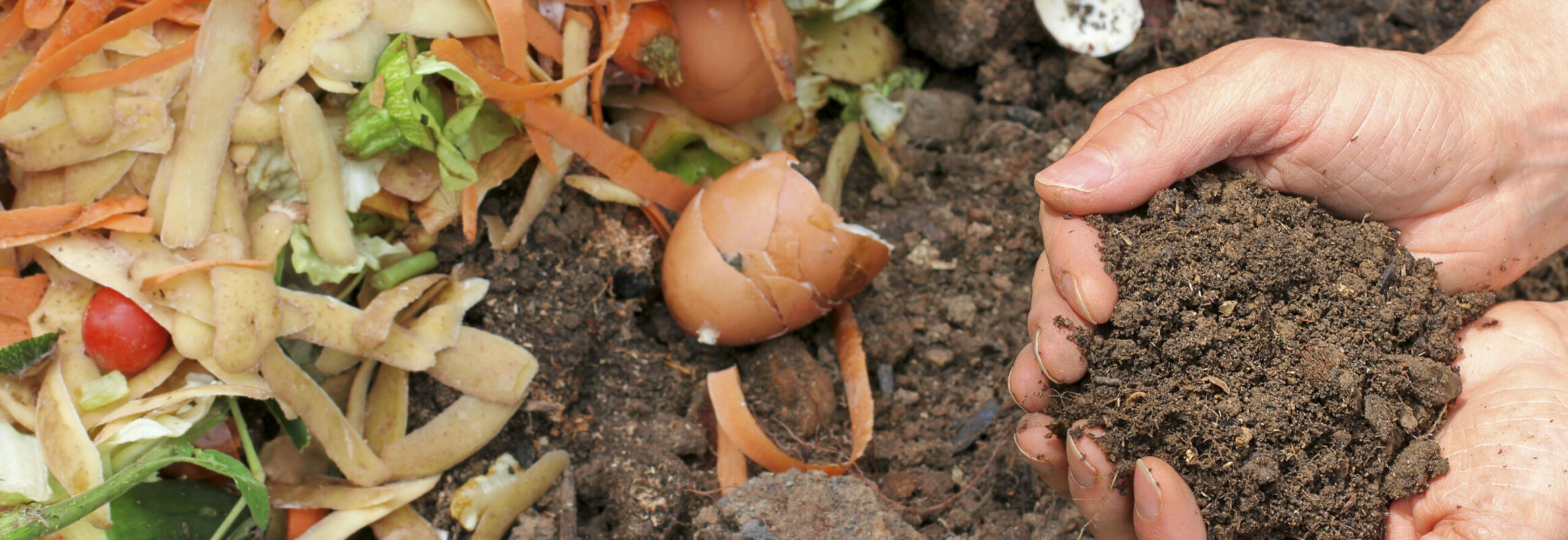Composting is essential for anyone who has a little bit of outdoor space and wants to live a more eco-conscious lifestyle. Composting reduces the amount of waste sent to landfills and leaves you with a free natural soil conditioner – Green Gold – that can nourish your plants.
A compost heap can be started at any time of the year, but Autumn is particularly good. So much trimming and clearing is done that you can fill your bins quite quickly and have compost ready for spring or summer use.
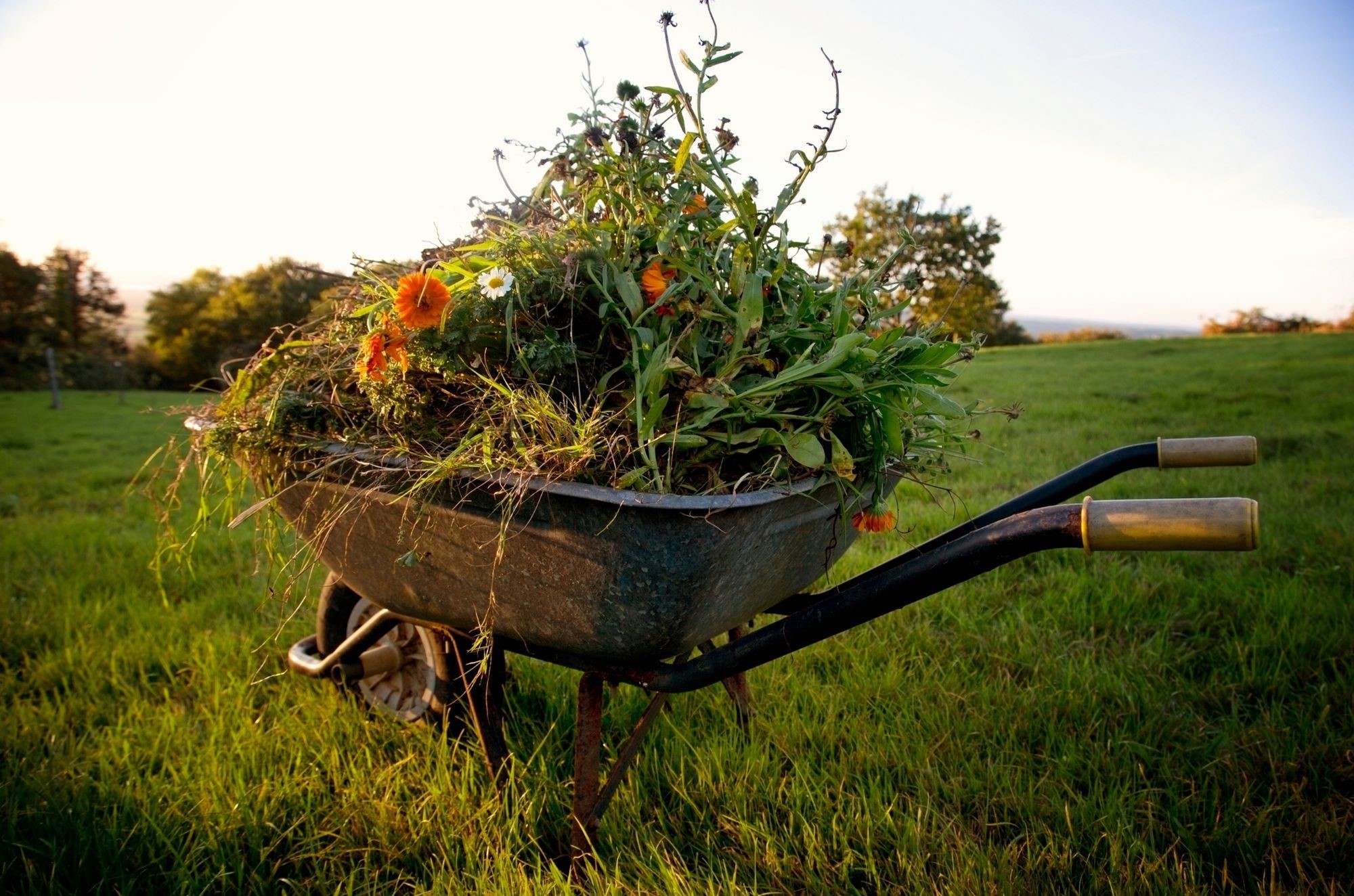
How do Compost Bins Work?
The waste materials in a compost bin don’t just rot. Microorganisms break down the organic matter. Compost bins should be placed directly onto soil so that the decomposers can easily migrate from your soil into the bin. Bacteria do most of the work. They make up about 80% to 90% of the beneficial organisms.
Fungi, worms, slugs, and a variety of invertebrates also contribute to the process. As the microorganisms get to work heat will often be produced and aid the speed of decomposition. You may also see predators like centipedes, that are there to feast on the decomposers.
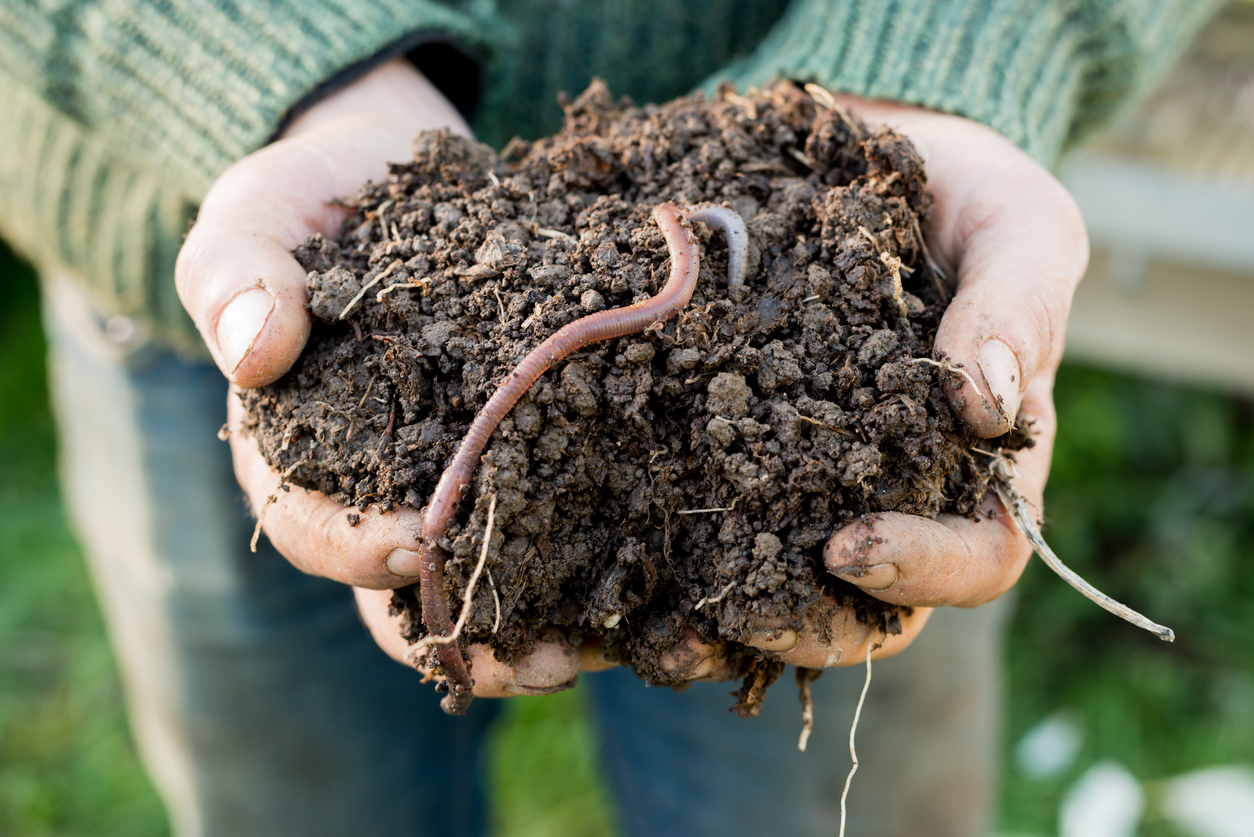
The process of composting requires:
- Moisture – Keep your heap moist without it becoming sodden. A removeable cover like a piece of old carpet is very useful. In the summer it blocks the light to stop weeds germinating and prevents the heap drying out. For the rest of the year it keeps the heap and the beneficial organisms warmer, so they continue working hard, whilst preventing the heap getting too wet in heavy rain. An excess of woodlice can indicate your compost is too wet and needs turning. An excess of ants can indicate it is too dry.
- Air – Turning or stirring the compost mix ensures a supply of oxygen which will speed up the process. Unturned bins will still break down but take longer. If your bin smells bad the compost is likely to be lacking in air and too wet.
- ‘Green’ and ‘brown’ organic materials – You need a good mix of greens and browns. If you only put in greens you could end up with a stinky slimy mess. If you only add browns you will have dry mix which doesn’t decompose; mix them up as you go.
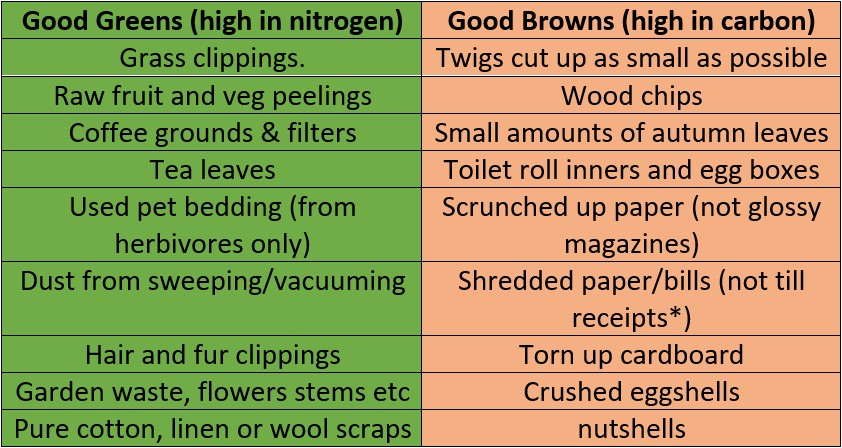
Never Compost:
Animal poop from meat eating animals particularly cats and dogs, meat or seafood, dairy, oils/grease, bread, cooked fruit and veg, diseased plants. Most home composting heaps will not get hot enough to kill the bacteria and viruses, and you could end up spreading them further around your garden. Adding meat or cooked/processed food can attract rats. Inorganic materials such as glass, metal and plastic will not break down and should be avoided.
Avoid putting in seed heads (particularly of weeds) or after you spread your compost you will find weeds germinating wherever you used it. Perennial weed taproots should likewise be omitted, as they can regenerate from even small fragments. Citrus peelings and pineapple scraps may attract fruit flies, causing a nuisance.
Creating lovely sweet smelling nutrient rich compost can take anything from 3 months to 2 years depending on what you put in, bin type, and turning frequency. A compost accelerator such as Vitax Compost Maker will speed up the process. Compost accelerators provide fuel for the beneficial organisms and help to neutralise acidity which can slow the composting process down. A light sprinkling every 15 to 30 cm is all that is needed.
Which Composters are Best?
Compost bins come in all shapes and sizes. Simple open fronted square wooden bins, beautiful bespoke designs shaped like a beehive, plastic daleks, hot bins and tumbling bins that speed up the rate of decomposition. Wooden bins tend to be more expensive but look nicer, whereas plastic bins tend to be cheaper but not so nice to look at. Click here to see our range of composters.
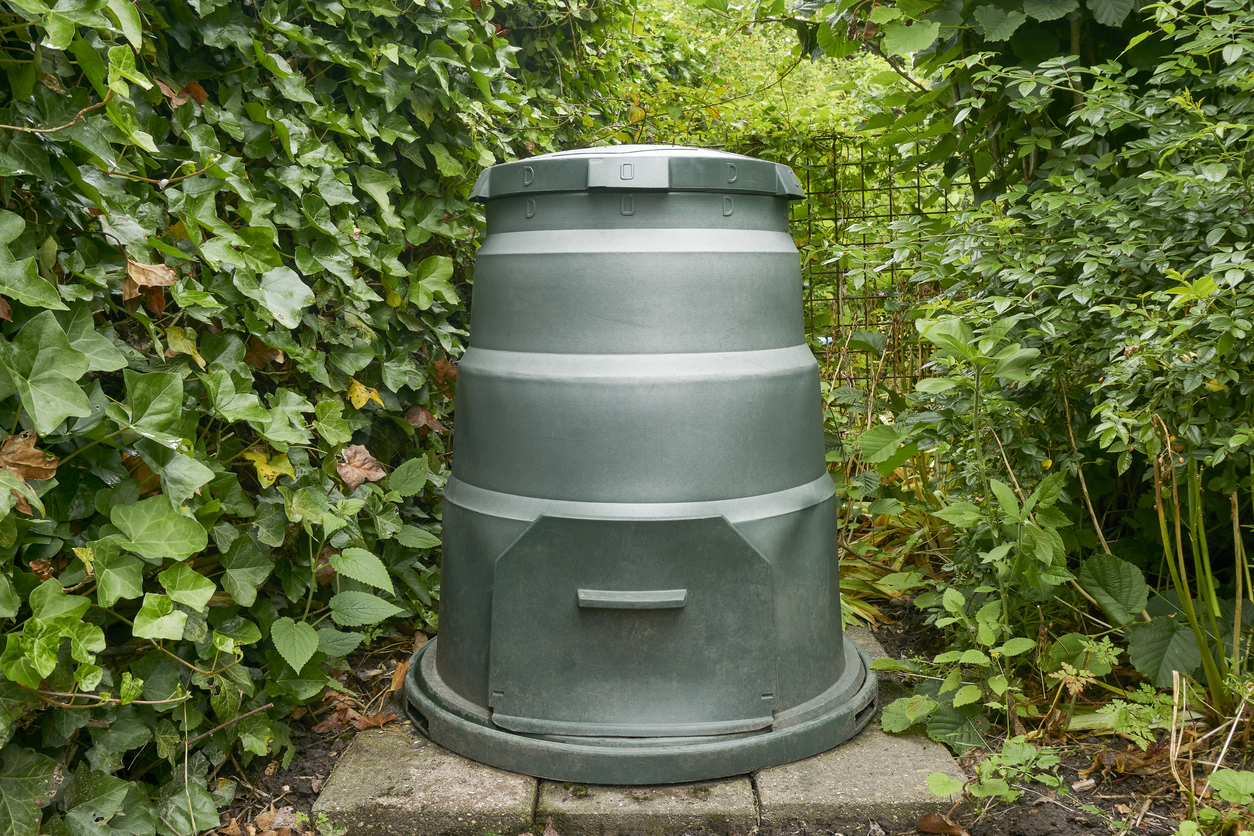
Plastic bins
Plastic bins are good for retaining heat and blocking out light to prevent weeds from growing. They are bottomless, so the compost is in direct contact with the earth, enabling organisms which break down the compost access to the bin.
Plastic bins are useful in a small garden. However, many plastic composters suggest that you can regularly add garden material to the top of the bin, while shovelling lovely homemade compost from the tiny hole in the bottom. In practice this is totally unrealistic and frustrating to do – I have tried! The bin needs to be filled and left to rot down.
Two bins are ideal – one left to rot down while the other is being filled. I have two plastic dalek style bins side by side and I find the easiest thing to do is pull the bin off the top of the heap, fill buckets or a wheelbarrow for distributing it around the garden. Any large bits that have not decomposed enough go back into the bin. I then pull the top off the second bin and turn it all into the newly emptied one, mixing it up as I go and leave that to finish rotting down. Fresh waste is then added to the now empty second bin. By doing this the compost is turned to introduce more air, which speeds up the process and it decomposes more evenly. It’s a job that I do every 6 months and it’s really good exercise.
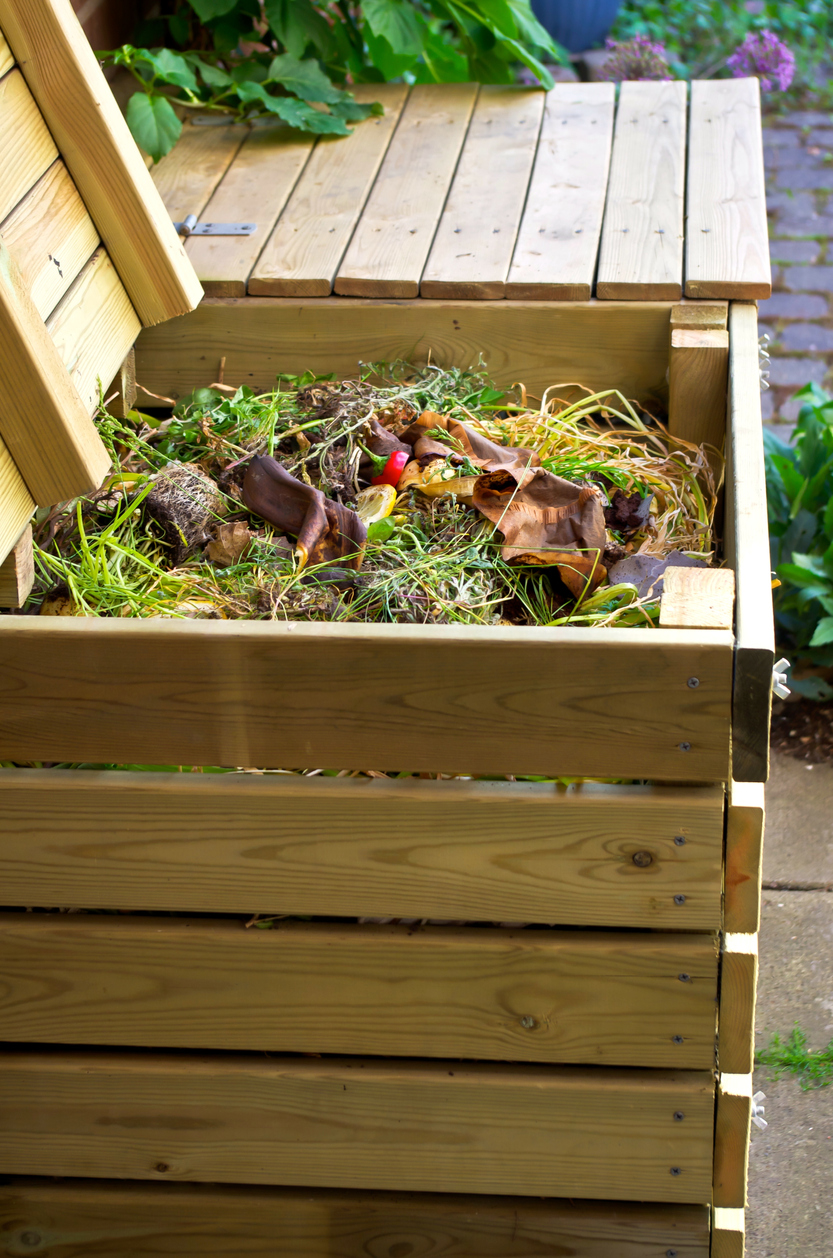
Wooden Bins
The best composter is essentially a wooden box with slatted sides. This allows sufficient air to circulate through the heap, while retaining enough moisture within the box to enable the vegetation to rot fully, right to the edge. They tend to be wider than a plastic bin which means they can retain heat better at their core than plastic ones.
It is much easier to access the heap for turning the compost than in a plastic bin. The front slats can often be removed or added for ease of access. Ideally, like the plastic bins you need two boxes side by side so one can be left to rot down while the other is being filled. You will need a decent sized space for a pair or wooden bins.
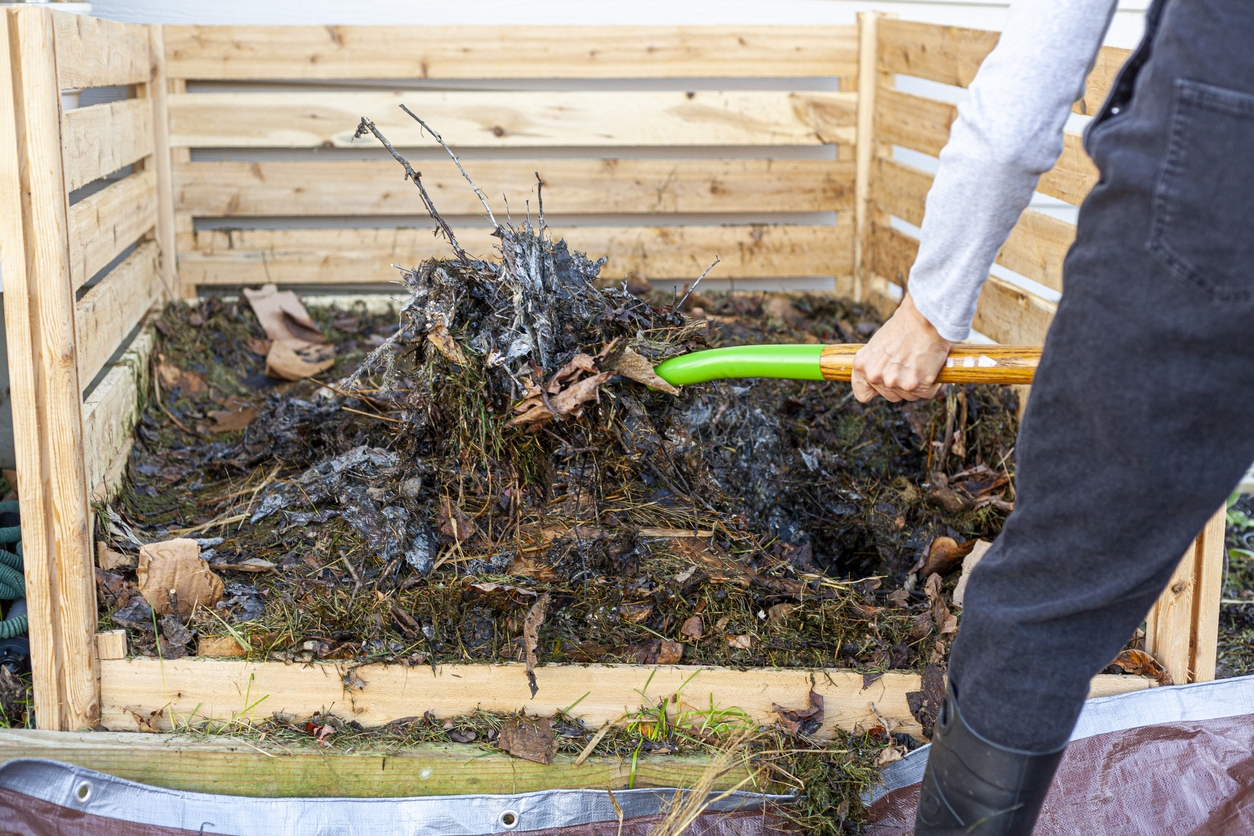
Hot bins
Hot bins are generally made from expanded foam with extravagant claims of crumbly compost within sixty days to ninety days. They are expensive and can be difficult to maintain the balance of material required for speedy composting.
Tumbling Bins
Tumbling Bins are a bit of a gimmick, the idea is that you roll or turn them regularly to keep the green waste mixing. However people get very tired of doing this regularly or forget. In practice they tend to just sit in one place. Also you have to fill it all in one go and then not add any more waste until the composting has finished. Most people need to dispose of small amounts of waste more frequently.
Tumblers don’t have access to the worms and microorganisms from your own soil because they are sealed units and if you did add worms yourself I don’t think they’ll work very hard after spinning around and around like a washing machine!
I can see that tumblers might be beneficial if you have a bad back which prevents you from turning a normal heap. Also if there is a known rat problem nearby, a metal tumbler would hopefully keep them out.
Composting Leaves
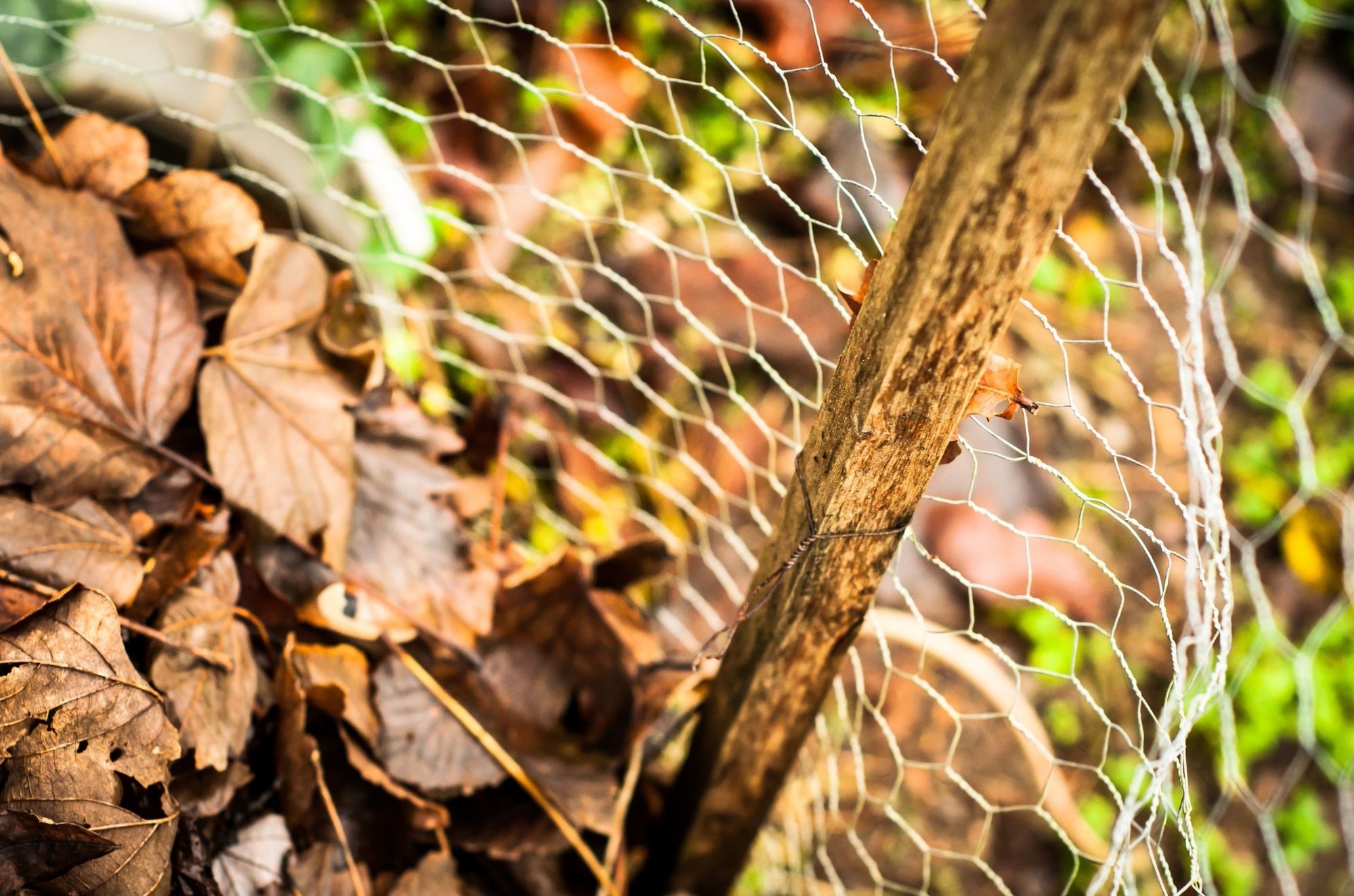
Autumn leaves are slow to rot down and rely on fungi rather than bacteria to break them down. Putting any significant amounts of tree leaves in a compost heap can inhibit the composting process although small amounts are fine. Instead leaves can either be piled under hedges, in an unused corner of the garden or the back of a border.
You can fill a hessian bag or black binbag pierced with a few holes if you want to keep the leaves contained. For larger quantities use a compost bin made from open wire and keep adding the leaves, pressing them down as needed. They will take one or two years to break down, Leaf mould is great for using as a seed compost or mixed with garden compost and soil to make a potting compost.
Benefits for Wildlife
Compost heaps are fantastic for wildlife; a sunny, south-facing compost heap makes an excellent reptile habitat. Slow-worms, in particular, are often found buried within them, feeding on the numerous slugs and ants. If you think you have slowworms living in your heap be very careful when turning the pile or digging out compost for use.
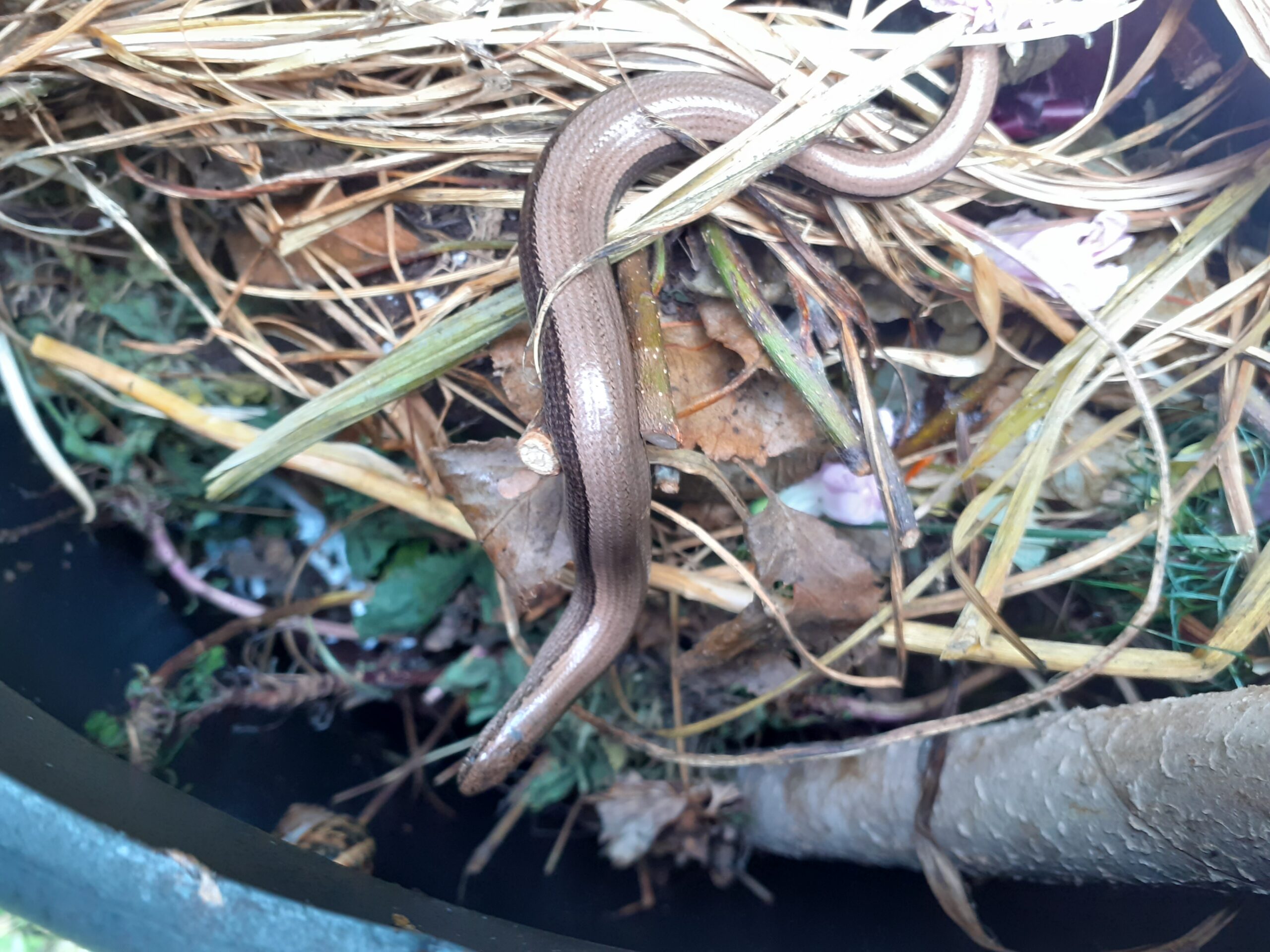
Slowworms are totally harmless retiles which are protected in the UK. They are actually legless lizards and are common in mainland Britain. They love eating garden pests like snails and slugs, so your compost heap is a brilliant place to pop of these slimy pests you find around your garden. Avoid accessing your compost during August when slowworms are giving birth. Frogs, toads and newts may also forage or hibernate in a compost heap, they too will help to keep the numbers of slugs and snails down in your garden.
How to Use Your Homemade Compost
The best way to use homemade compost is to add it in a 5cm layer to your beds and borders. This will add nutrients and help open up the soil, improving structure and drainage. A thick layer of mulch will also smother the seeds of weeds preventing many of them from germinating and lock in moisture if the weather turns dry. If you don’t have enough to mulch the whole area, it is better to mulch a smaller area thickly than spread the mulch too thinly. Next time you have a batch of compost ready mulch a different zone.
The great thing about homemade compost is that it already contains microorganisms that are local to your garden. By adding it as a mulch and soil improver to your beds and borders you are encouraging and adding to an existing ecosystem and stimulating a dynamic that already exists.
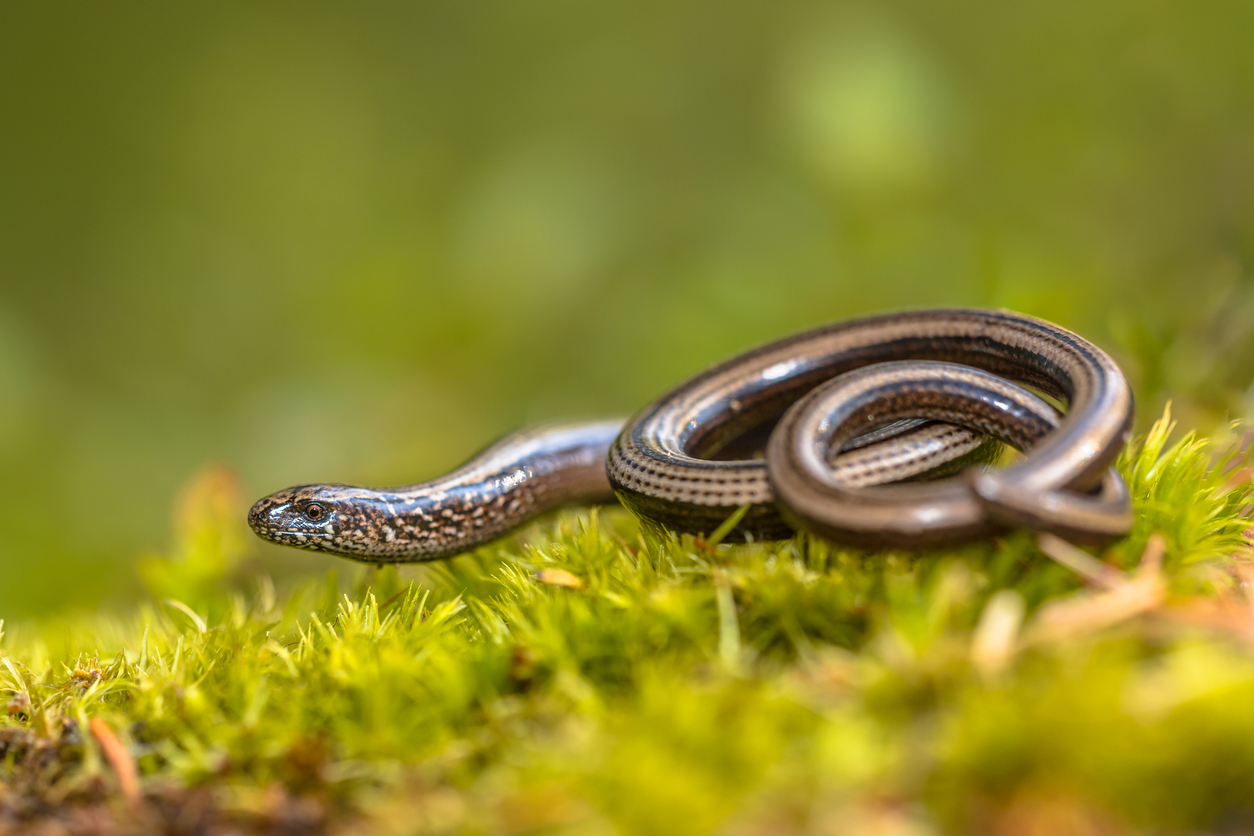

By our resident horticultural expert





